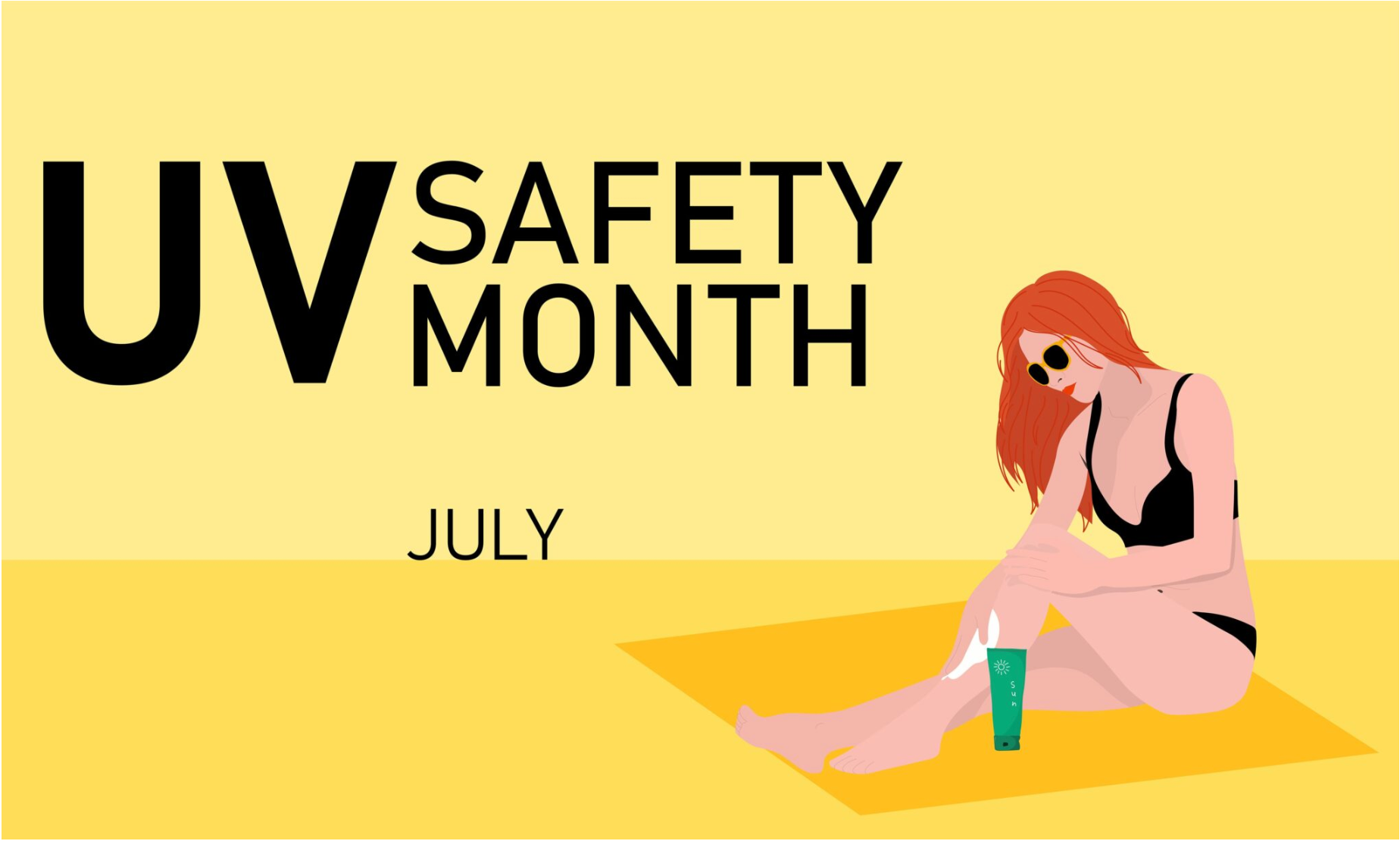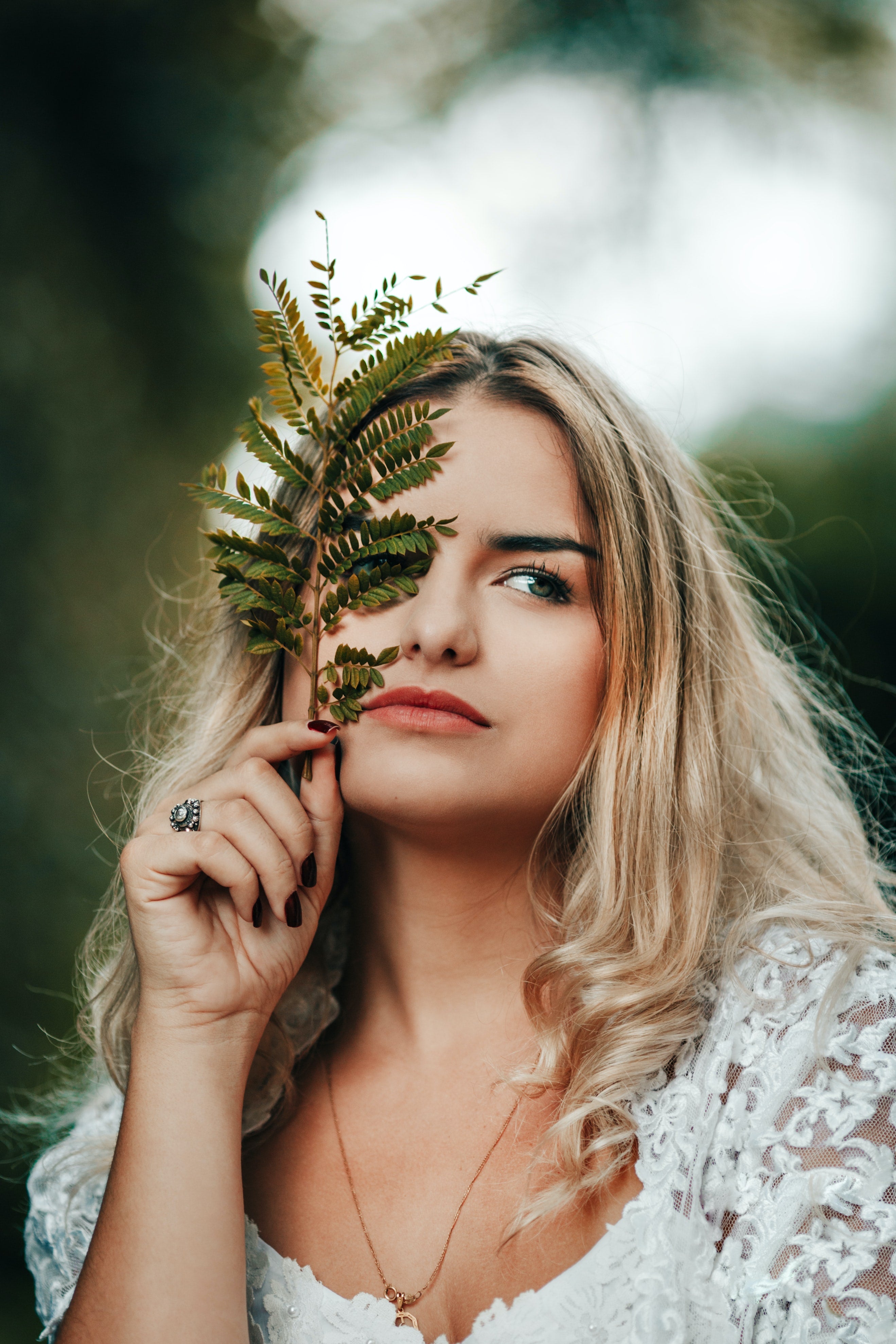July is UV Safety Awareness Month
July Is UV Safety Awareness Month: What You Need to Know to Protect Your Skin
Sunshine and warm weather are some of the best parts of summer—but too much of a good thing can be harmful. July is UV Safety Awareness Month, making it the perfect time to learn how to protect your skin from the dangers of ultraviolet (UV) radiation.
🌞 What Is UV Radiation?
UV radiation is a type of invisible energy emitted by the sun and artificial sources like tanning beds. It’s made up of two main types of rays:
UVA Rays: Penetrate deep into the skin and are linked to premature aging (think wrinkles and age spots).
UVB Rays: Affect the skin's surface and are responsible for sunburns.
Both UVA and UVB rays damage skin cells and increase the risk of skin cancer, the most common cancer in the U.S.
The Risks Are Real
Even just a few minutes of sun exposure each day adds up over time. This cumulative damage can result in:
Painful sunburns
Premature aging like fine lines and pigmentation
Eye damage
Skin cancer, including dangerous melanoma
According to the American Cancer Society, more than 99,000 melanoma cases are diagnosed annually in the U.S., resulting in around 7,000 deaths.
The good news? Most skin cancers are preventable.
UV Myths—Busted
Let's set the record straight on a few common misconceptions:
☁️ Myth 1: “I’m safe on cloudy days.”
False. Up to 80% of UV rays still reach your skin through cloud cover.
🌑 Myth 2: “I don’t need sunscreen because I have dark skin.”
Wrong. While darker skin has more natural protection, it’s not immune to sunburn, hyperpigmentation, or skin cancer.
🧴 Myth 3: “Sunscreen is all I need.”
Not quite. Sunscreen helps, but full protection includes shade, timing, and protective clothing.
How to Protect Your Skin
Follow these simple steps to lower your UV exposure and protect your skin:
Stay in the shade between 10 AM and 4 PM (when the sun’s rays are strongest)
Wear protective clothing, including wide-brimmed hats and sunglasses
Apply broad-spectrum sunscreen (SPF 30 or higher) and reapply every 2 hours
Use water-resistant sunscreen if swimming or sweating
Choosing the Right Sunscreen
Look for:
SPF 30 or higher
Broad-spectrum protection (blocks both UVA and UVB)
Water resistance if you’ll be active
🔍 Know the Signs of Too Much Sun
If you’ve overdone it, symptoms may include:
Red or tender skin
Swelling or peeling
Skin that's warm to the touch
Fatigue or headache
Treat mild cases with a cool shower, compress, and hydration. Severe cases may require medical attention.
Self-Check for Skin Cancer
Do monthly skin checks, especially if you're fair-skinned or have a history of sun exposure. Look for:
New or changing moles
Red, scaly, or bleeding spots
Unusual growths or lesions
Check your entire body—including hard-to-see areas—with a mirror. If anything looks suspicious, see a dermatologist immediately.
See a Dermatologist Yearly
Regular skin exams help catch problems early. Your dermatologist can also recommend products, treatments, and sun protection tailored to your skin type
UV damage is cumulative, but also highly preventable. This July—and every month—make sun protection a daily habit. A few smart choices now can prevent serious issues down the road.
✔ Wear SPF
✔ Stay in the shade
✔ Check your skin
✔ Book that skin exam
Your future self will thank you.
(Image and article ~Skin and Cancer Institute 2025, https://skinandcancerinstitute.com/july-is-uv-safety-month/)



